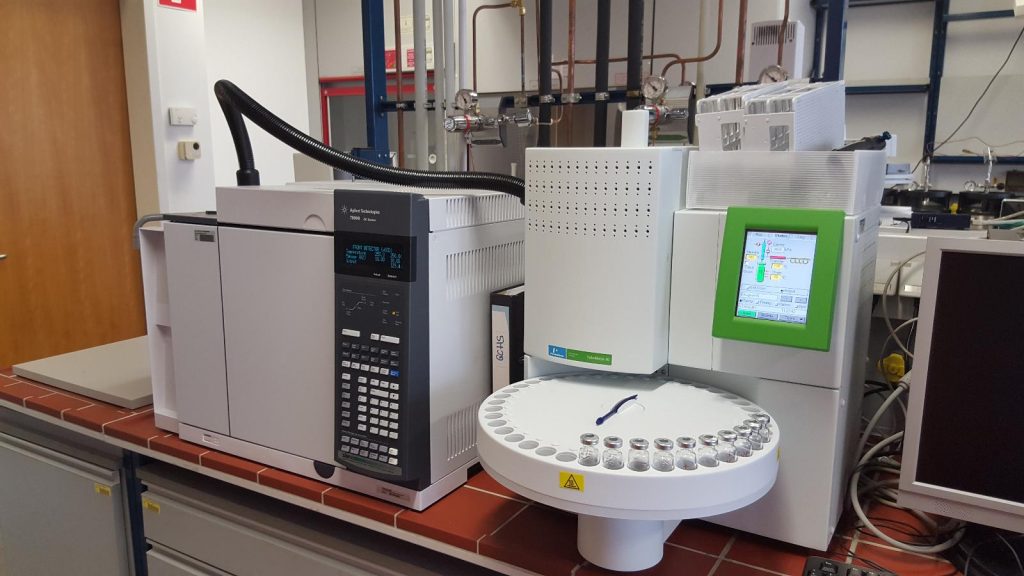Gas Chromatography is a universally used analytical Process in many scientific research and industrial laboratories for quality evaluation in addition to recognition and quantitation of composites in a mix. Gas Chromatography is the screening of a mix of compounds or solutes into different components. By dividing the tasters into different components, it is at ease to categorize, classify, qualitative and measure the amount of the many sample assortments. There are quite a couple of gas chromatographic processes and corresponding instruments.

Generally, there are 3 types of Gas Chromatography. They are:
- Selective- Reacts into an array of substances with a mutually Common physical or chemical characteristics.
- Non-Selective- Reverts to each composites available in carrier gas torrent barring the carrier gas itself.
- Specific – Reacts to an exclusive certain compound only.
Concentration Dependent
The response of such gas chromatography sensors Is relative to the depth and accumulation of the solute from the sensor. By way of instance thinning of taster with cosmetics gas will decrease detector reaction.
Mass-flow Dependent
Signal depends upon the rate at which solute Fragments arrive at the detector. Reactions of such detectors isn’t controlled with cosmetics gas transmission speed and ratio of concentration. The varied substances which constitute the sample Will drift more or less sluggishly depending, in simple terms, how much they cling to the newspaper. The stickier amalgams move more unhurriedly therefore move a smaller space in a specified time subsequent result being split. GC is also a frequently used technique in several environmental and forensic labs since it permits for the vulnerability of very tiny volumes and quantities. A Huge Variety of tasters can be researched as Long as the chemicals are suitably thermally balanced and logically unstable. In most gas chromatography analysis, the separation of different compounds occurs for the cooperation with the stationary and mobile phases.
Such as in easy t chromatography a solvent water and alcohol drifts over the newspaper stationary flowing the sample with it. In gas chromatography the gasoline is the mobile platform, the pillar veneer is the stationary stage and the boiled element is alienated by the length of time the crucial compounds take to appear in the other terminal of this column and flow to the sensor. This is referred to as the retention period. High resolution power in relation to other procedures. High sensitivity when implemented with thermal detectors. Offers great accurateness and exactitude. Speedy separation and analysis. Taster with minute quantity can be unglued and screened.